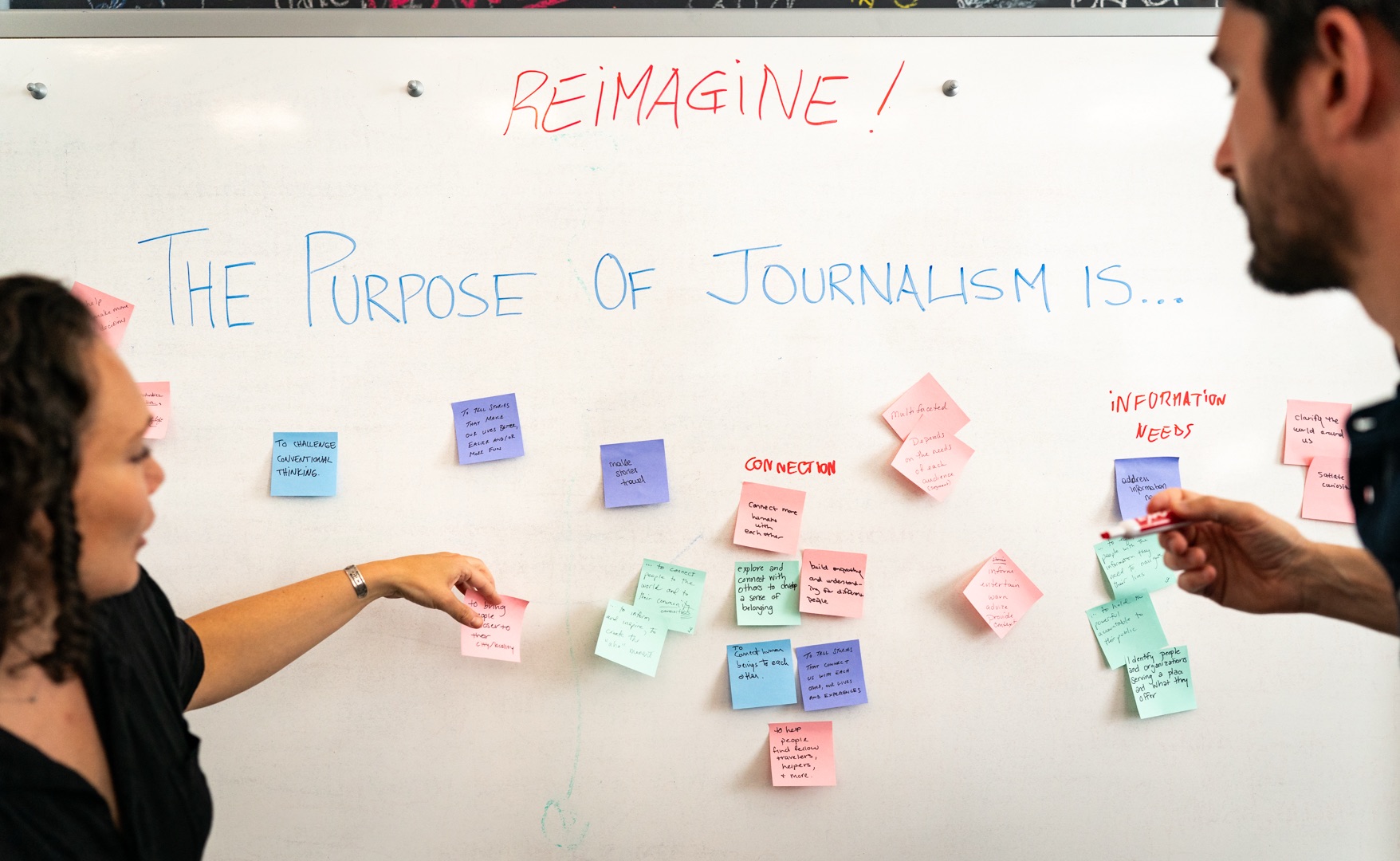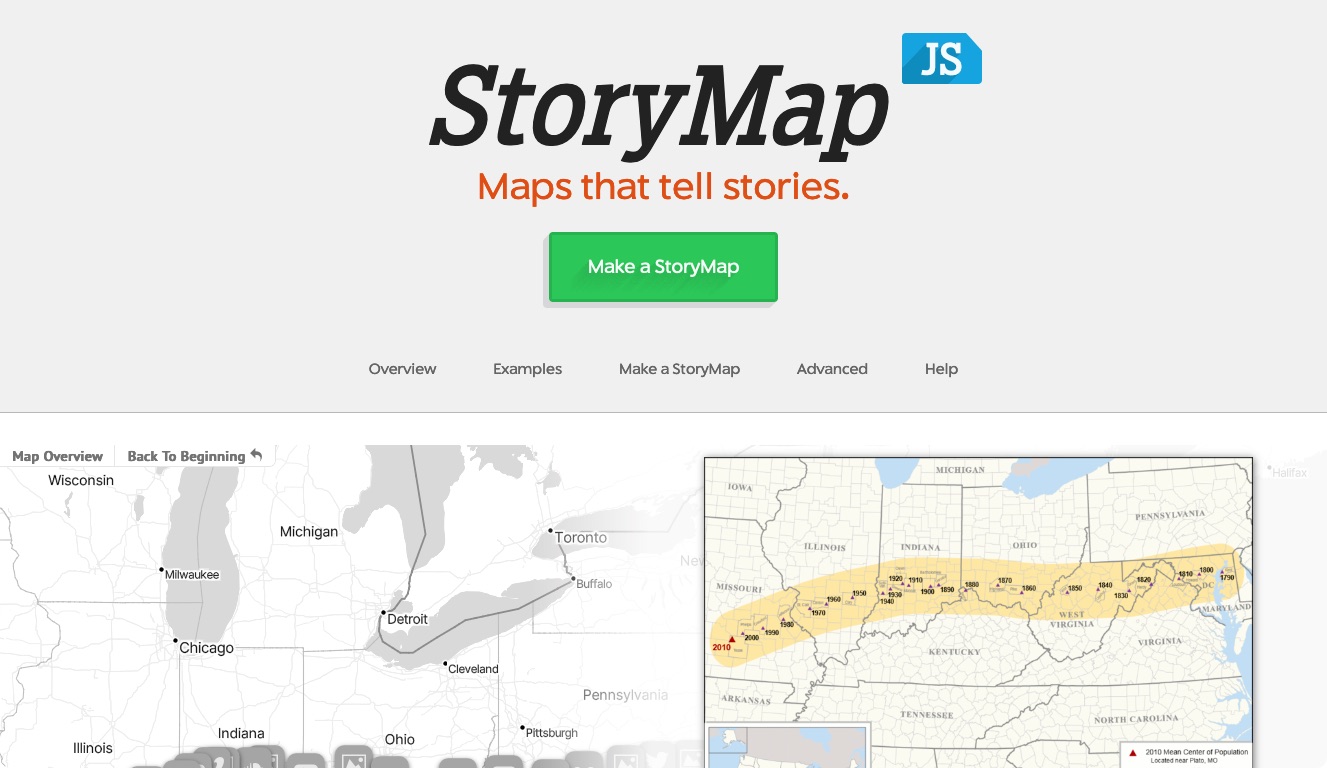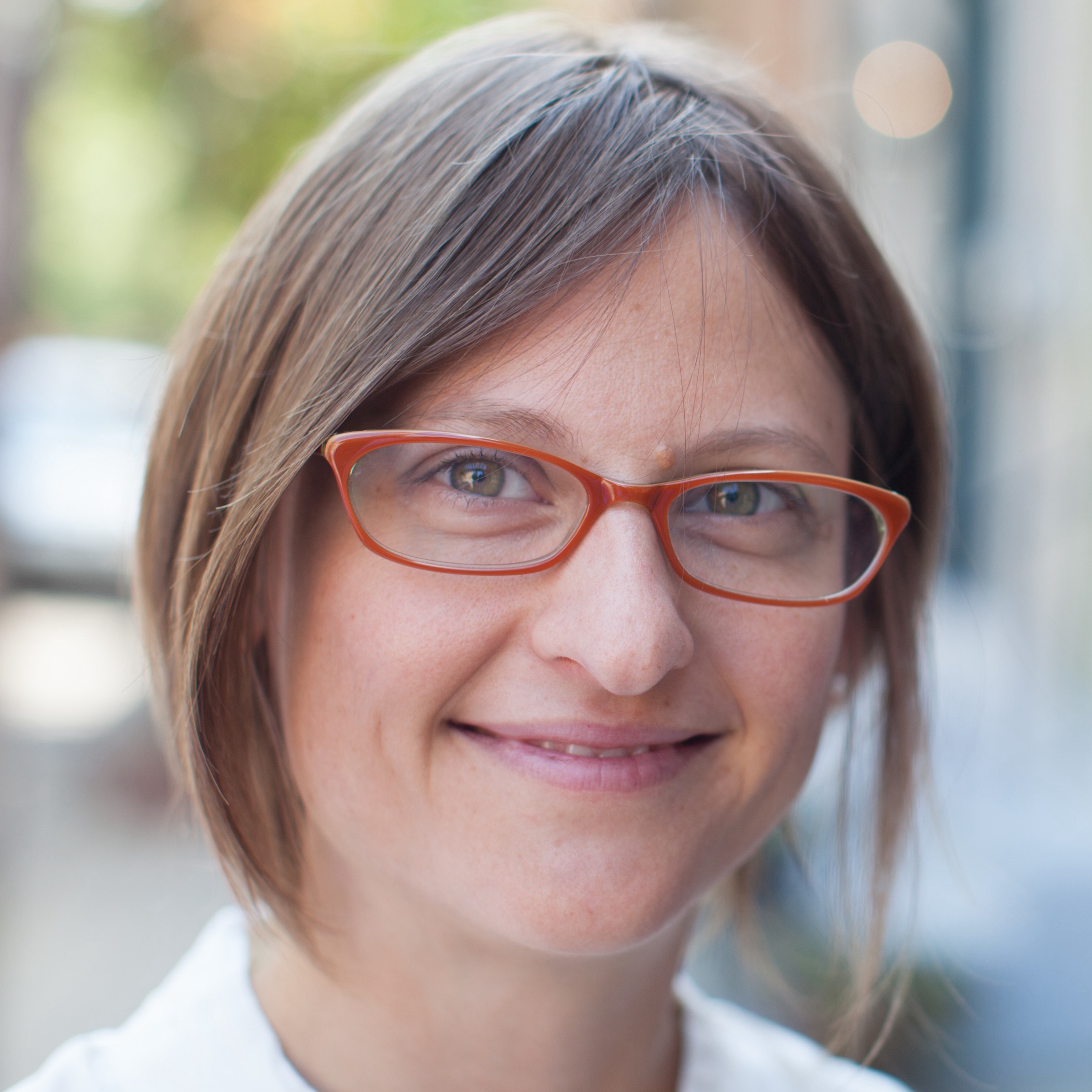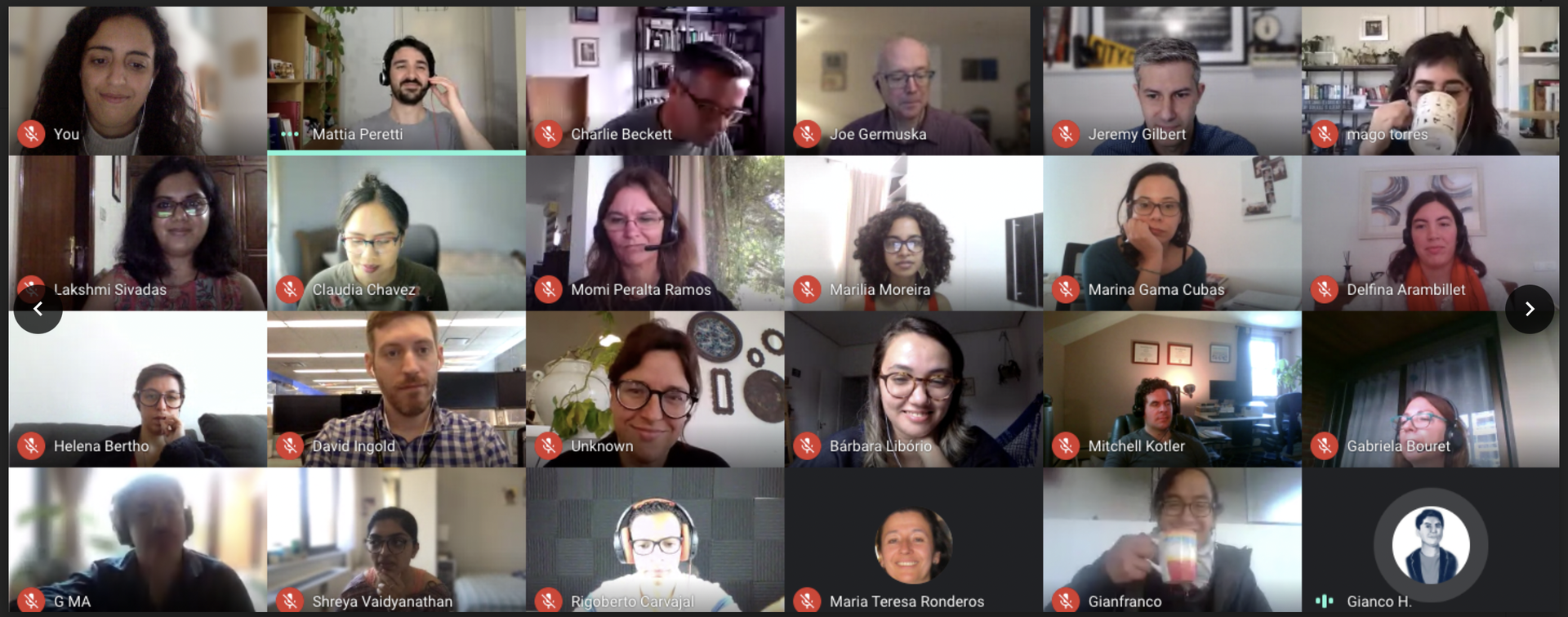I joined the relatively large crew of Lab student fellows this past weekend at my first NICAR conference, a crowd of fellow young journalists and I were invited to an “Unsession” about job searching for millennials.
.@jeremybmerrill and @sisiwei dropping knowledge on the young'ns pic.twitter.com/tVk5BSoLKv
— Lena Groeger (@lenagroeger) March 1, 2014Jeremy Merrill, an interactive developer at the New York Times, and Sisi Wei, a news apps developer at ProPublica, put the event together to create a judgement- and stress-free zone for us to ask questions about applying for journo-tech jobs. Recent college graduates who are now employed also participated and helped answer questions.
The questions ranged from networking …
Advice: If you want to talk to someone you admire, you probably have a reason for admiring him/her, so bring that up in conversation.
… to developing a portfolio.
Advice: Just keep making things, no matter how ugly it may be. Showing creativity and effort is way more important.
But there was one thing that stuck out to me: The professionals in this field are significantly invested in helping out the next wave of technology-journalists.
“In this community, we all want to help. Everyone is so friendly. If you have a question, ask it,” said Michelle Minkoff, an interactive producer for the Associated Press.
And it’s true. A little more than a year ago, I had no idea NICAR even existed. (Was it a misspelling of Nascar or something? But like, said with more oomph?)
Fast forward to now: I’m a graduating senior with plans to find a job writing code for journalism, attending her first NICAR and having an absolute ball with all of the data/coding jokes flying around. I now realize more deeply than ever how freely my mentors gave me their help so I could reach my current point.
They pushed me to do my best work, to keep learning, and to keep innovating. They even actively tried to connect me to others in the field for more opportunities and were always willing to teach me something I didn’t understand.
I suspect this spirit of collaboration prevalent throughout the NICAR community is rare. I’ve bounced around from a lot of different potential career paths. While I’ve had great mentors on those paths as well, I can confidently say that nowhere else have I had advisors this invested in my future. Nowhere else have so many people helped me before I even asked for help. Nowhere else did I feel like people cared quite as much. As long as I was willing to put in the work, I always had people willing to help.
That collaborative mentality is evident throughout NICAR. Whether it’s through an “Unsession” or a simple session on the basics of Python, everyone here is psyched to both learn and teach. But beyond just teaching, there’s a desire to encourage, to help people understand that effort and a drive to learn matter far more than knowing everything right now.
“There will be moments in your life where you feel like there’s too much to learn. I’ll let you in on a secret: That never changes,” said Wei.
Maybe this collaborative spirit is just part and parcel of this field. After all, “open source” is a pillar of data journalism and coding. Maybe that applies not just to the products that we create, but to the personalities of people in this field as well; advice is open-source here, and there are no secrets to success.
I’m still learning and will always be learning. But as I’m surrounded by fellow NICAR-ians, that wall of unknown “stuff” seems a little less intimidating, and I can’t wait to jump in.
Every year New York Times' Chrys Wu curates 'Slides, Links & Tutorials' from the annual CAR conference: 2014, 2013, 2012 and 2011. They are a fantastic resource for all journalists and investigators of all skill levels.
About the author





